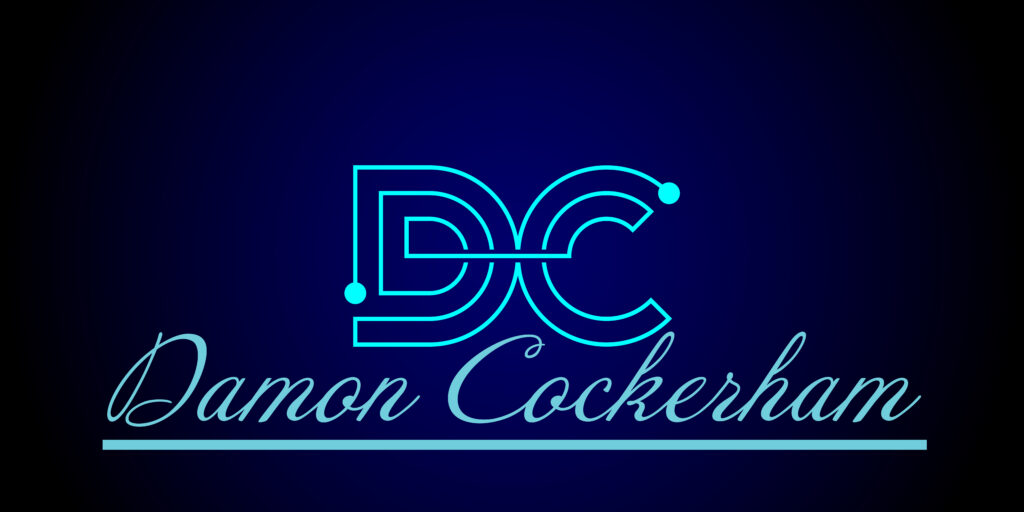

AI / ML Project Manager
Get personalized expert support and feedback about your project plan before kickoff~

With our dedicated team of Stakeholders experts, you can get personalized advice and support that is tailored to your unique AI /ML Project right next kickoff.
Timeline Planning/ Project Plan 2
Project planning can be complex, especially when managing scope, SOW, infrastructure, architecture, cloud services, and offshore VDI access approvals. These factors often contribute to delays, particularly for the DevOps, and development teams. Additionally, leadership may introduce new requests that require updates in future project status reports. Effective facilitation and 1:1 meetings are essential to addressing concerns and ensuring a smooth execution.
Timeline Execution 3
One of my favorite aspects of a project is leading weekly cadence meetings with cross-functional teams, including Program Managers, Vendor Project Managers, Engineers, Developers, Designers, UAT, and Leadership. I enjoy engaging in discussions about resolved issues and project blockers while monitoring my team’s progress through daily tasks and challenges. All urgent change request must be escalated, for change and implemented rapidly. Additionally, I recognize the importance of 1:1 meetings, especially when addressing personal hardships. As Project Managers, we must approach these conversations with empathy, understanding that life’s circumstances—such as illness or loss—can impact performance. Maintaining a human-centered approach fosters a supportive and productive work environment.
Timeline Code Testing 4
Based on the project scope, specific types of testing will be implemented to ensure system integrity and functionality. Security testing and application testing will be conducted, with the security team providing reports on vulnerabilities and weak points within the system code. These results will highlight potential risks and areas for improvement. Additionally, both front-end and back-end testing are required to validate performance, usability, and stability across the platform. Regular updates on testing progress will be communicated to stakeholders to ensure alignment with project objectives and security.
Timeline UAT 5
The IT Protect UAT (User Acceptance Testing) team plays a critical role in validating system functionality, security, and performance before deployment. Their testing process ensures that applications meet business requirements, are user-friendly, and function as expected in real-world scenarios. The team focuses on identifying defects, validating security measures, and confirming system stability. Regular reporting of test results, including identified issues and resolutions, helps ensure a smooth transition to production. Their work is essential in minimizing risks and ensuring a high-quality user experience. This process could include Leadership, PM, Engineer, UI/UX and out side company platform users to help insure the highest level of performance.
Timeline Cut over 6
The final cutover phase is the final transition from development to production, ensuring a seamless deployment with minimal disruption. This phase includes final system validations, data migrations, configuration updates, and rigorous testing to confirm system readiness. Coordination between IT teams, business stakeholders, and end-users is crucial to address any last-minute issues. A detailed cutover plan, including rollback strategies, ensures a smooth go-live process. Post-cutover monitoring and support are implemented to verify system stability and resolve any immediate concerns, ensuring a successful transition to full operational use..
Timeline Sign off / Post clean up. Finalized – Complete 5
The Cutover Phase of a SaaS Lift & Shift project marks the transition from the legacy system to the new cloud environment. This involves executing the migration plan, validating data integrity, performing system checks, and ensuring minimal downtime. Close coordination between IT, DevOps, and business teams is essential to address any immediate issues.
During the Post-Cleanup Phase, decommissioning of legacy infrastructure, security validation, performance optimization, and final configuration adjustments take place. Monitoring tools are leveraged to detect anomalies and ensure system stability.
The Sign-Off Phase includes final user acceptance testing (UAT), stakeholder reviews, and documentation of lessons learned. Once all functional and security requirements are met, formal approval is obtained, officially completing the migration and transitioning to full operational support.









Views: 875
 5 Days N. Office/ Hybrid/ Remote $ Let’s Go to Work!!
5 Days N. Office/ Hybrid/ Remote $ Let’s Go to Work!!